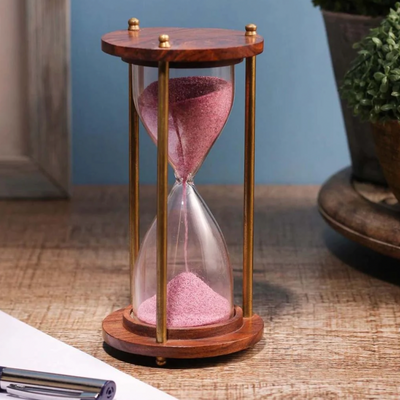Roman Art and Visual Types Through The Years
For several centuries Ancient Rome was the most powerful nation on earth, excelling all others at military alliance and warfare, engineering, and architecture. Its unique cultural achievements include the invention of the dome and the groin crypt, the evolution of concrete, and a European-wide network of roads and bridges. Despite this, Roman sculptors and artists produced only a limited amount of outstanding and original fine art.
Roman art may be characterized as sculptures, paintings, and mosaics that display not only mythological and religious themes but also everyday life and people. Art was more widely produced and more easily available than ever before. Any material could be used and there was a great interest in realism, seen especially in portraits and portrayals of nature.
Here are some of the most creative Roman art types through the course of time:
1) Roman Sculpture
 Source
Source
Roman sculpture blends the idea of perfection of Classical Greek sculpture with a greater aspiration for realism and mixes in the styles that were prevalent in Eastern art. Roman sculptors have also, preserved for posterity invaluable works which would have otherwise been completely lost to world art with their popular copies of earlier Greek masterpieces. Sculptures on Roman buildings and altars could have been placed as decoration or have a more political purpose.
2) Roman Mosaic Art
 Source
Source
Roman mosaics were common in private homes and public buildings across the empire from Africa to Antioch. Roman mosaic art was made with small black, white, and coloured squares of marble, tile, glass, pottery, stone, or shells. Typically, each individual piece measured between 0.5 and 1.5 cm but fine details, especially in the central panel were often rendered using even smaller pieces as little as 1 mm in size. Designs employed a wide spectrum of colours with coloured grouting to match surrounding tesserae. This particular type of mosaic used sophisticated colouring and shading to create an effect that is similar to a painting known as opus vermiculated and one of its greatest craftsmen was Sorus of Pergamon.
3) Roman Wall Painting

Source
Roman paintings are quite fancy in themselves, however, wall paintings are certainly unique. The interiors of Roman buildings of all descriptions were very frequently sumptuously decorated using vibrant colours and abstract designs. Wall paintings, frescos, and the use of stucco to create real-life effects were commonly used by the 1st century BCE in public buildings, private homes, temples, tombs, and even military structures across the Roman world. Designs could range from intricate realistic detail to highly impressionistic renderings which frequently covered all walls. Roman wall painters favoured natural earth colours such as darker shades of reds, yellows, and browns. Blue and black pigments were also popular for simple designs. Subjects for the art could include portraits, scenes from history and mythology, architecture using trompe-l'oeil, flora, fauna, and even entire gardens, landscapes, and townscapes to create spectacular 360° panoramas which transported the viewer from the confines of a small room to the limitless world of the painter's imagination. An outstanding example is the 1st century BCE House of Livia on the Palatine hill in Rome which includes a 360° panorama of an impressionistically induced garden.
Written by Sara Ayoob






Leave a comment